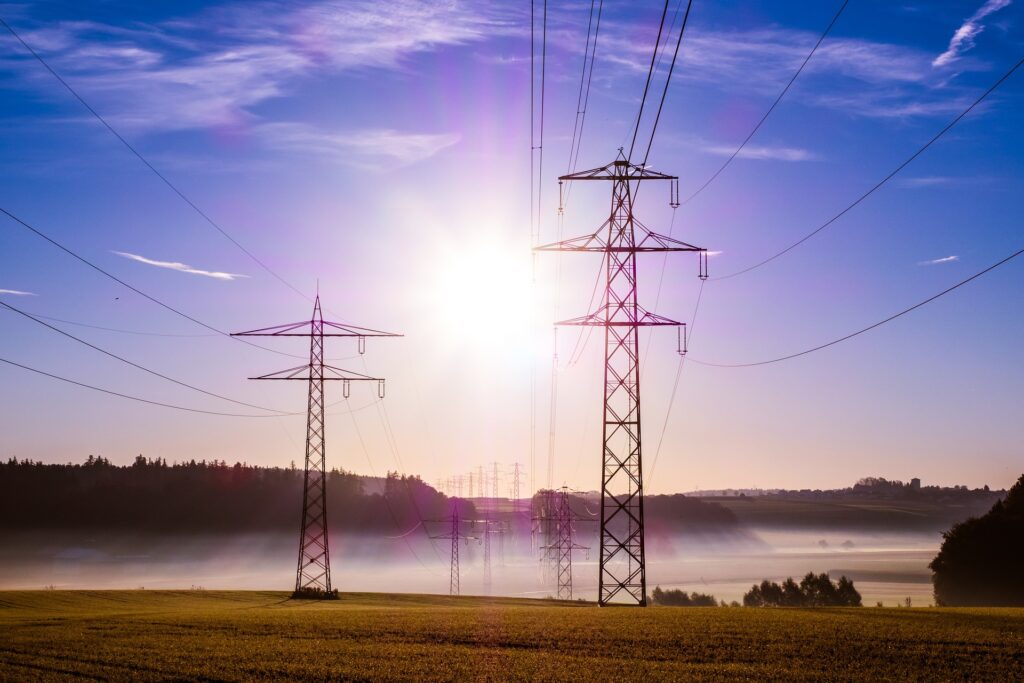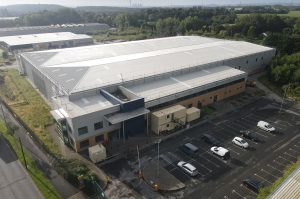A Comprehensive Overview of Electrical Utilities

Electric utilities form the electric power industry – and their function is the generation and distribution of electricity for sale to the public in a regulated market. This industry is responsible for providing energy in several countries – but this covers a wide range of functions within the overall industry.
Cooperatives nationalized entities, investor-owned, and publicly owned personnel are involved, partly or completely engaged in different aspects of the industry. The electricity market also comes under the umbrella of electric utilities.
Over time, electric utilities have been under pressure due to increasing demand for power. Due to this, the industry is looking for different ways to cater to the requirement. In this article, you will learn about the changes this industry is undergoing and the different energy sources it is tapping on to meet the demand.
Shift to Renewable Energy
While catering to the increasing power supply with non-renewable energy sources, the pool is nearing diminish. To avoid this, the utilities are looking for renewable sources worldwide.
The goal is to decarbonize the utility sector to avoid climate changes that are almost irreversible. While rushing towards achieving decarbonization, which is considered the future of power, it is important to determine that the source is completely renewable
Different Sources of Renewable Energy Considered by Electric Utilities:
Biomass: The energy source is organic material (animals and plants). It consists of wood processing wastes, biogenic materials, animal manure, human sewage, plant-based waste materials, and agricultural crops.
Hydropower: The power source is hydroelectricity, i.e., converting the water flow into electricity. The source is dependent upon the water cycle, rain, large water bodies such as lakes, rivers, waterfalls, and streams.
Geothermal: The source of this power supply comes from within the core of the earth. The idea is to convert this continuous emission of heat into energy which is not only consistent but also endorses the idea of green energy.
Wind: Utilities are considering converting the wind cycle into a power source to cater to the energy demand. There are several areas across the globe that has consistent wind flow, which can contribute to the energy.
Solar: Solar energy has been widely in use as an alternative to non-renewable energy. Utilities have used technologies to convert this constant source to power.
Electric Utilities in this Changing Time
The drastic increase in industries the population has led to a massive demand for energy, which is pushing electric utilities towards crisis. The developed world is helping the infrastructure of the electricity industry go through a fundamental transformation to overcome challenges.
Attempts are being made to change the grids from traditional to smart grids. While there are no standard definitions, it is understood to have a set structure for information communication.
However, the EISA 2007 (Energy Independence and Security Act of 2007) stated that smart grid is defined as, “the modernization of the Nation’s electricity transmission and distribution system to maintain a reliable and secure electricity infrastructure that can meet future demand growth”. Following are the characteristics of smart utilities:
– A significant increase in the usage of control technology and digital information for improving efficiency, reliability, and security of the electric grid.
– Optimization of the resources and operations of the grid dynamically with complete cybersecurity.
– Integration and deployment of generated energy and distributed resources which consisted of renewable resources.
– Development of demand response and incorporating them with energy-efficiency resources and demand-side resources.
– Deployment of hi-tech technologies such as automated and real-time technologies for metering automated distribution, grid operations, and status.
– Integration of consumer devices and smart appliances.
– Consumers being provided with control options and information in a timely manner
– Identifying unnecessary barriers and lowering them for adopting technologies, services, and practices related to the smart grid.
If you are looking for a smart grid, research to find out the best supplier and contact them.






